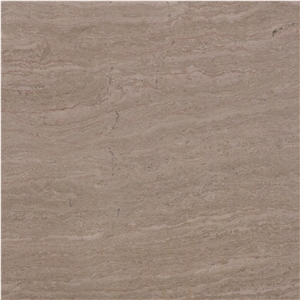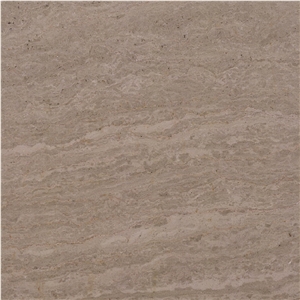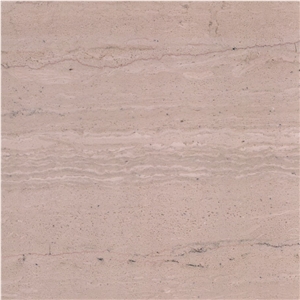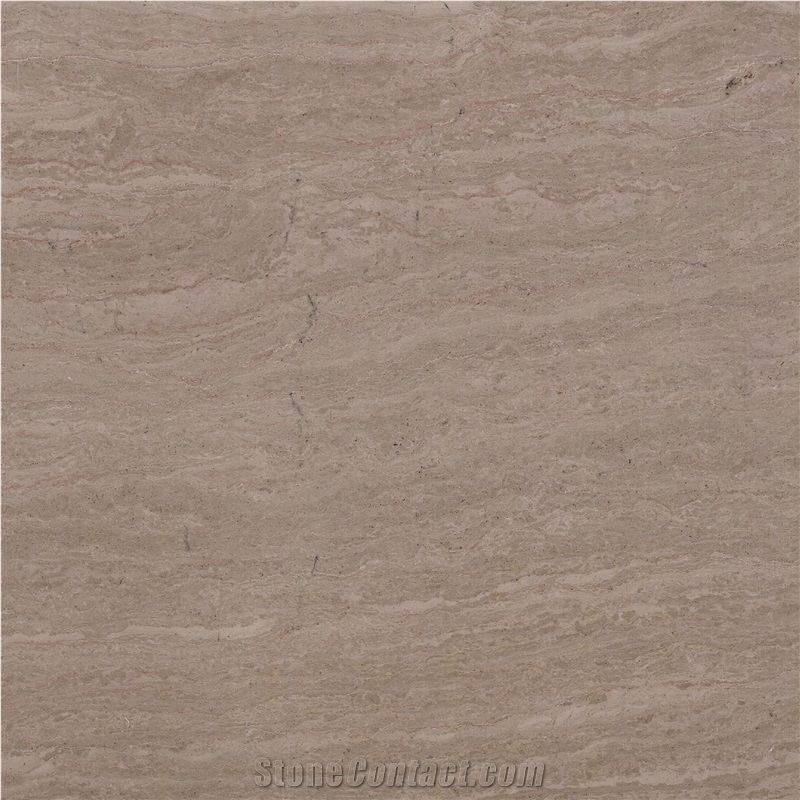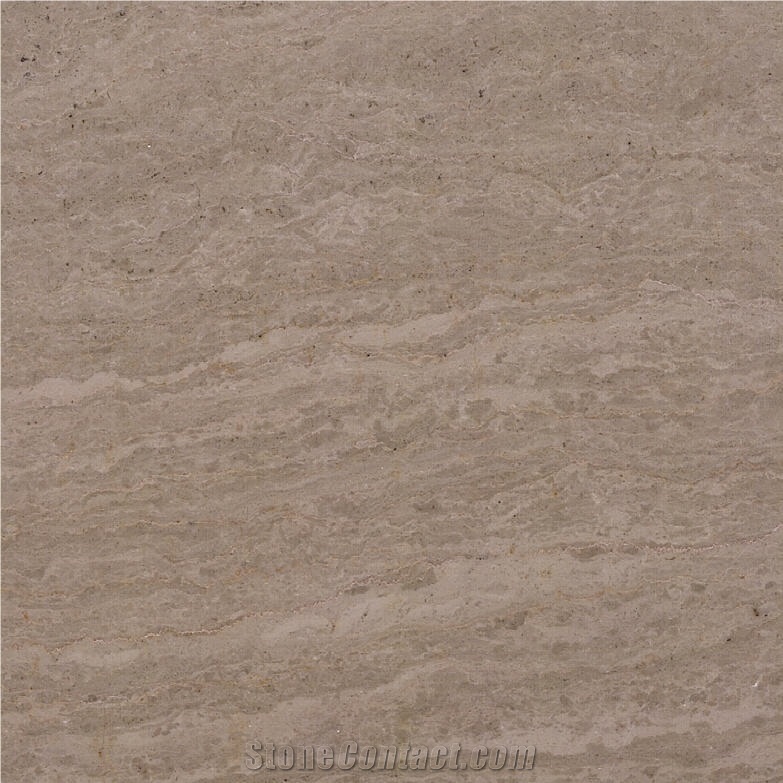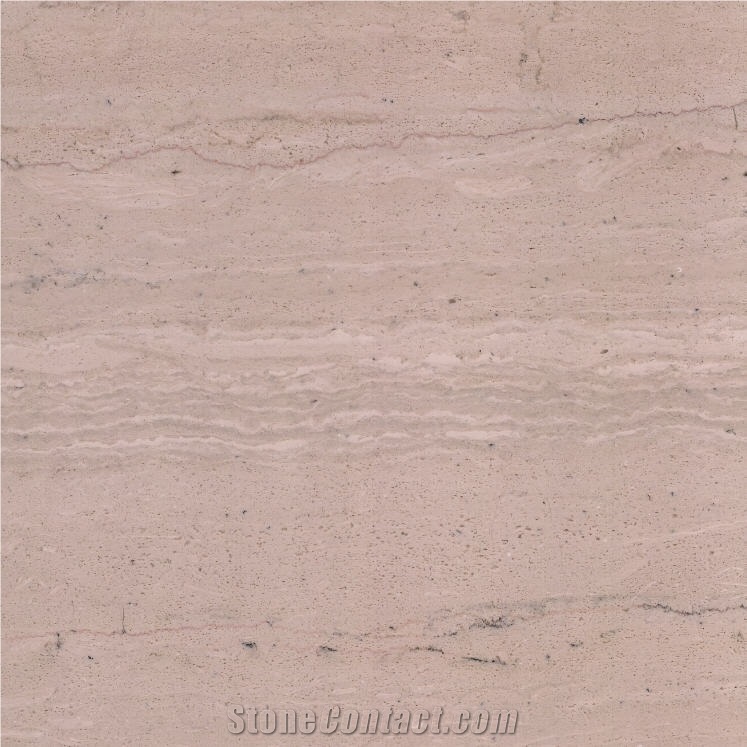Serpeggiante Classico Trani Marble
 Italy
(Apricena, Provincia di Foggia, Puglia)
Italy
(Apricena, Provincia di Foggia, Puglia)
Petrographic definition: limestone
Unit Volume: 2720 Kg/m3
Water absorption: 0.06 %
Compression breaking load Simple: 230 MPa
Compression breaking load after freezing: 199 MPa
Indirect Tensile Strength by bending 14.1 MPa
Coefficient corresponding Abrasion (referred to Granite St. Fedelino): 0.45
Impact resistance: minimum fall height: 34 cm
Coefficient of linear thermal expansion: 4.7 x 10-5 0C-1
Knoop microhardness: 1874 MPa
non-uniformity index of hardness: 1.09
Source: Università di Pisa - Politecnico di Torino

Why not to use Serpeggiante Classico Trani Marble in shower?

How to repair the scratched Serpeggiante Classico Trani Marble tiles surface?

Can Serpeggiante Classico Trani Marble be used for swimming pool terrace pavers?

Are Serpeggiante Classico Trani Marble sinks hard to clean?

How thick is Italy's Serpeggiante Classico Trani Marble slabs?

What is the physical properties of Serpeggiante Classico Trani Marble?

Are there color variations of Italy's Serpeggiante Classico Trani Marble?

How can I clean Serpeggiante Classico Trani Marble bathtub?

How much does a Serpeggiante Classico Trani Marble bathtub cost?

What grade is Italy's Serpeggiante Classico Trani Marble?

Can Italy's Serpeggiante Classico Trani Marble be used in a kitchen?

How to clean smoke stains on a Serpeggiante Classico Trani Marble fireplace?

Is Serpeggiante Classico Trani Marble bathroom high maintenance?

Does water permanently stain Serpeggiante Classico Trani Marble?

What is the average water absorption of Italy's Serpeggiante Classico Trani Marble?

Do Serpeggiante Classico Trani Marble sinks stain easily?

What is the difference between a Serpeggiante Classico Trani Marble relief and a sculpture?

Is Italy's Serpeggiante Classico Trani Marble an expensive stone?

Would the Serpeggiante Classico Trani Marble bathroom floor be slippery?

Can Serpeggiante Classico Trani Marble be used for kitchen countertop?

Can Italy's Serpeggiante Classico Trani Marble be used in landscaping?

What are the types of Serpeggiante Classico Trani Marble relief?

Does salt water stain Serpeggiante Classico Trani Marble?

Can Italy's Serpeggiante Classico Trani Marble be used outdoors?

Can I use Serpeggiante Classico Trani Marble on shower floor coverings?

What is the difference between a Serpeggiante Classico Trani Marble relief and a frieze?

Is Serpeggiante Classico Trani Marble durable for use as urban walkway pavers?

Can Italy's Serpeggiante Classico Trani Marble be used exterior applications in very humid climates?

Is baking soda safe on Serpeggiante Classico Trani Marble?

Is Serpeggiante Classico Trani Marble good for a bathtub?

What removes water stains from Serpeggiante Classico Trani Marble?

Does Serpeggiante Classico Trani Marble stair steps scratch easily?
-

 Italy
Italy
 12YRDiamond members are premium members on platform, providing members with comprehensive approach to promoting their products, increasing products exposure and investment return to maximize.
12YRDiamond members are premium members on platform, providing members with comprehensive approach to promoting their products, increasing products exposure and investment return to maximize.
 Verified Supplier is for prove company authenticity,including business license,trade license and effective office space,to enhance buyers' trust to suppliers and their products, reducing communication costs.
Verified Supplier is for prove company authenticity,including business license,trade license and effective office space,to enhance buyers' trust to suppliers and their products, reducing communication costs.
Contact Supplier
-

-

-

 Italy
Italy
Contact Supplier
-

 China
China
 15YRDiamond members are premium members on platform, providing members with comprehensive approach to promoting their products, increasing products exposure and investment return to maximize.
15YRDiamond members are premium members on platform, providing members with comprehensive approach to promoting their products, increasing products exposure and investment return to maximize.
 Verified Supplier is for prove company authenticity,including business license,trade license and effective office space,to enhance buyers' trust to suppliers and their products, reducing communication costs.
Verified Supplier is for prove company authenticity,including business license,trade license and effective office space,to enhance buyers' trust to suppliers and their products, reducing communication costs.
Contact Supplier
-

 China
China
 15YRDiamond members are premium members on platform, providing members with comprehensive approach to promoting their products, increasing products exposure and investment return to maximize.
15YRDiamond members are premium members on platform, providing members with comprehensive approach to promoting their products, increasing products exposure and investment return to maximize.
 Verified Supplier is for prove company authenticity,including business license,trade license and effective office space,to enhance buyers' trust to suppliers and their products, reducing communication costs.
Verified Supplier is for prove company authenticity,including business license,trade license and effective office space,to enhance buyers' trust to suppliers and their products, reducing communication costs.
Contact Supplier
-

 Italy
Italy
 Verified Supplier is for prove company authenticity,including business license,trade license and effective office space,to enhance buyers' trust to suppliers and their products, reducing communication costs.
Verified Supplier is for prove company authenticity,including business license,trade license and effective office space,to enhance buyers' trust to suppliers and their products, reducing communication costs.
Contact Supplier
-

-

XIAMEN TOP STARS STONE COMPANY LIMITED
 China
China
 10YRDiamond members are premium members on platform, providing members with comprehensive approach to promoting their products, increasing products exposure and investment return to maximize.
10YRDiamond members are premium members on platform, providing members with comprehensive approach to promoting their products, increasing products exposure and investment return to maximize.
 Verified Supplier is for prove company authenticity,including business license,trade license and effective office space,to enhance buyers' trust to suppliers and their products, reducing communication costs.
Verified Supplier is for prove company authenticity,including business license,trade license and effective office space,to enhance buyers' trust to suppliers and their products, reducing communication costs.
Contact Supplier
-

XIAMEN TOP STARS STONE COMPANY LIMITED
 China
China
 10YRDiamond members are premium members on platform, providing members with comprehensive approach to promoting their products, increasing products exposure and investment return to maximize.
10YRDiamond members are premium members on platform, providing members with comprehensive approach to promoting their products, increasing products exposure and investment return to maximize.
 Verified Supplier is for prove company authenticity,including business license,trade license and effective office space,to enhance buyers' trust to suppliers and their products, reducing communication costs.
Verified Supplier is for prove company authenticity,including business license,trade license and effective office space,to enhance buyers' trust to suppliers and their products, reducing communication costs.
Contact Supplier
The request includes: 1. surface finished, size 2. quantity required






